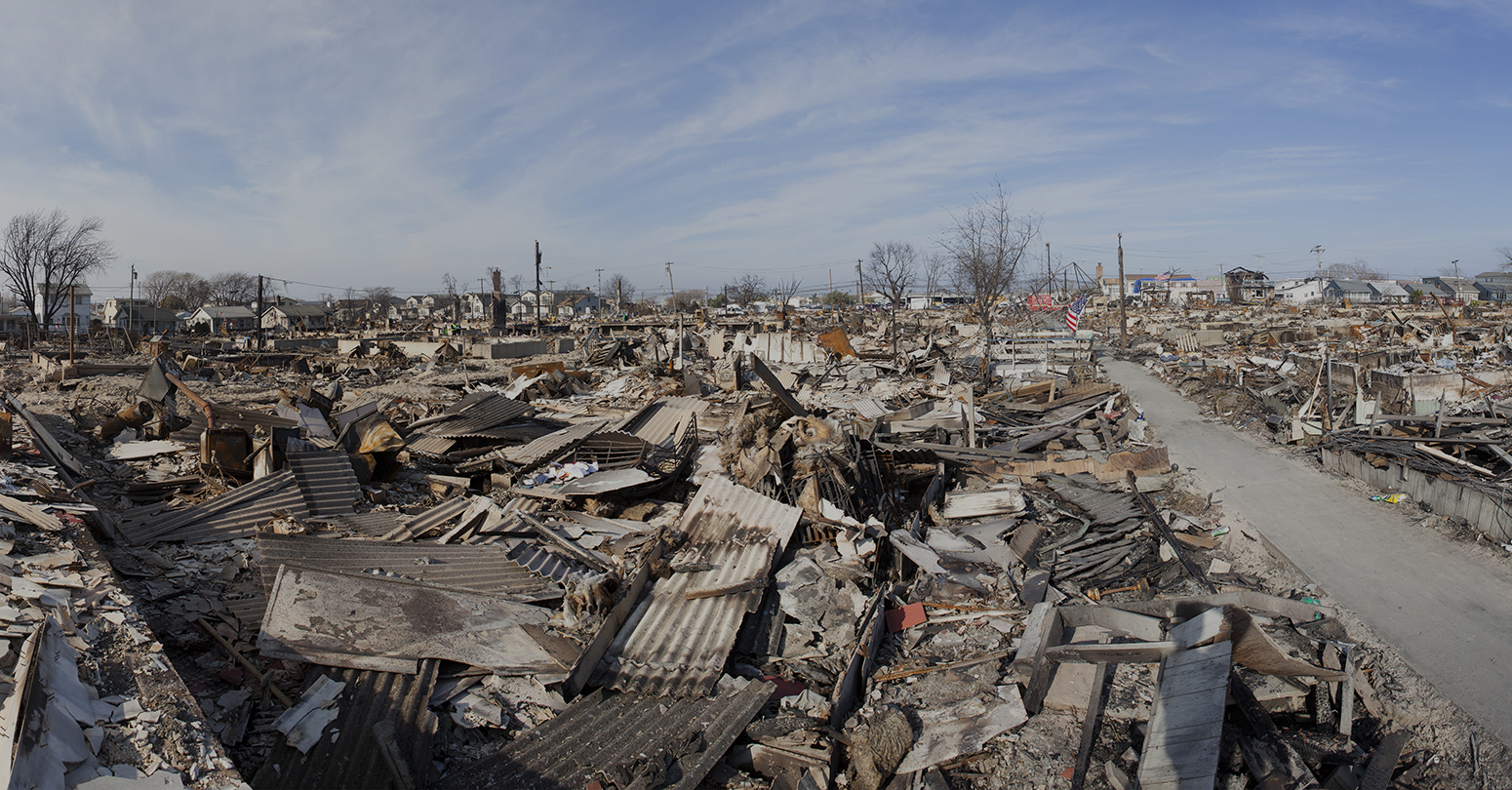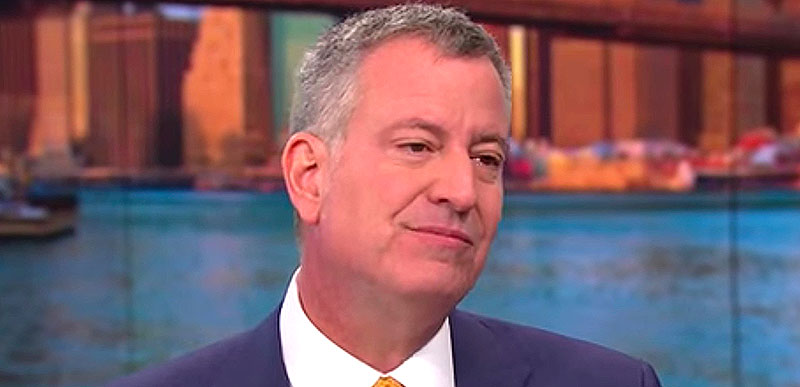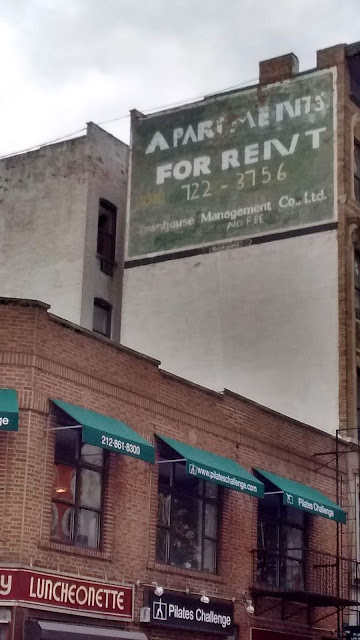NY Post
A giant piece of iron fell from the elevated A train tracks in Queens and smashed through the roof of a black cab Tuesday afternoon — narrowly missing the terrified driver inside.
Driver Ana Leonardo was waiting to pick up a passenger on Liberty Avenue at 100th Street in Ozone Park when she heard a loud crash through her Camry’s rear window.
“I was stopped here because I had to pick up a customer,” she told The Post, adding in Spanish that she was “asuste mucho” — very scared.
“If something like that comes through the head of people, they’re going to die right away,” said her husband, Manuel Mendoza.
Mendoza told The Post that the two of them share the vehicle, lugging passengers around the city for fares.
“Thank god my wife is fine, but the car is crazy,” he said. “We use it 10 hours a day, so we have no job right now.”
Leonardo is just the latest near-victim of falling subway parts, after multiple similar incidents in Queens in the spring.
Update:
This is from the comments section and I hope Governor Cuomo, NYC Transit, The MTA and Andy Byford reads it, because what this man says has validity and something this catastrophic will happen at the pace these chunks are flying off the rails.
Especially to Byford, you should have quit when I told you to last year and when you had the chance a few weeks ago.
Ceramic track tie bushing, the snap on spring clamp came off and that's likely been launched atop some rooftop perhaps a block away.
They need to go back to the wooden ties and spikes
That MTA jackass from England & Canada thinks he's running trains on the ground with ballast rocks.
--Not so in New York City.
Trains running faster, vibration, excessive torque from harder braking is causing all European style new hardware to break loose like bullets going right threw the netting baskets or flying elsewise.
Its also causing life & death damage to the 100 year old steel structures.
These "IMPROVEMENTS" are for the worse here.
Last week a bolt went flying, the nut had cleanly snapped of at the thread from the excessive force and torque from the vibration and swaying.
Send Byford, his suits and computer apps back to England and hire somebody actually qualified with NYC's train hardware before a section of elevated & 10 car train of people ends up down in the street or a city block of homes !!
Go below any station on the 7 train, the noise & vibration being transferred down the structures is horrifying. It was and never so intense, like a Saturn 5 rocket shaking street, rattling storefront windows.
-Gino





























